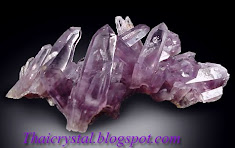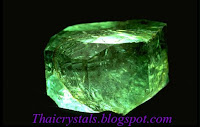Sapphires Treatments
Sapphires may be treated by several methods to enhance and improve their clarity and color. It is common practice to heat natural sapphires to improve or enhance color. This is done by heating the sapphires in air to temperatures between 500 and 1800 °C for several hours, or by heating in a nitrogen-deficient atmosphere oven for seven days or more. Upon heating, the stone becomes a more blue in color but loses some of the rutile inclusions (silk). When high heat temperatures are used, the stone loses all of the silk and becomes clear under magnification. Evidence of sapphire and other gemstones being subjected to heating goes back to, at least, Roman times. Un-heated stones are quite rare and will often be sold accompanied by a certificate from an independent gemological laboratory attesting to "no evidence of heat treatment".
Diffusion treatments are somewhat more controversial as they are used to add elements to the sapphire for the purpose of improving colors. Typically beryllium is diffused into a sapphire with very high heat, just below the melting point of the sapphire. Initially (c. 2000) orange sapphires were created with this process, although now the process has been advanced and many colors of sapphire are often treated with beryllium. It is unethical to sell beryllium-treated sapphires without disclosure, and the price should be much lower than a natural gem or one that has been enhanced by heat alone.
Treating stones with surface diffusion is generally frowned upon; as stones chip or are repolished/refaceted the 'padparadscha' colored layer can be removed. (There are some diffusion treated stones in which the color goes much deeper than the surface, however.) The problem lies in the fact that treated padparadschas are at times very difficult to detect, and they are the reason that getting a certificate from a reputable gemological lab (e.g., Gubelin, SSEF, AGTA, etc.) is recommended before investing in them.
According to Federal Trade Commission guidelines, in the United States, disclosure is required of any mode of enhancement that has a significant effect on the gem's value.

Custom Search

















































